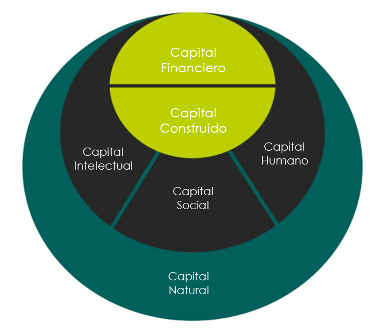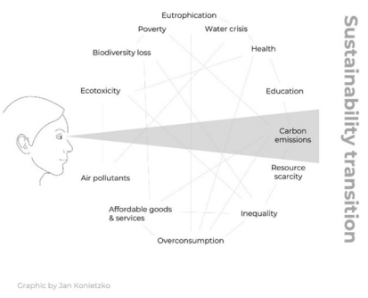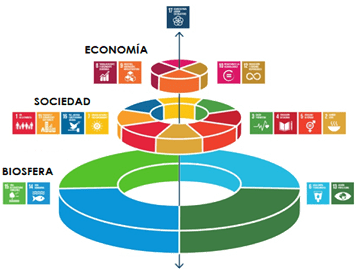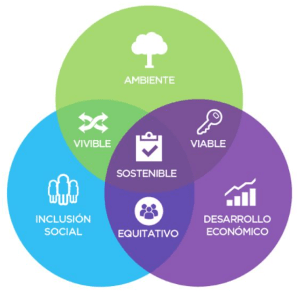The ongoing process involving the deterioration of natural systems is a silent crisis which will have effects on human beings that are impossible to predict. These crises leave behind a world defined by uncertainty, in which human beings' dependence on the workings of healthy, resilient ecosystems that generate life and value is readily apparent.
The transformation towards a more sustainable economic model inevitably involves incorporating (or internalising, as economists call it) environmental, social and human costs into business production costs. We are moving towards a future which is increasingly transparent, digitised and sustainable, in which companies must provide information that is coherent, comparable and traceable when taking strategic and administrative decisions. This model of change will define the way we do business and consume, and how we value the environmental resources and services on which we depend.
What is the European Green Deal?
The ambitious European Green Deal lays the groundwork for the development of an accounting system that includes sustainability, and establishes the mechanisms for addressing the unavoidable transformation towards a model that takes into account a company's economic value based on the value provided by the total sum of its capitals (see image 1). In the original definition, capitals are "repositories of value that in one way or another are incorporated into an organisation's business model." Since the distinction between them is only a conceptual one, the decisions made concerning the management of each one will lead to changes that increase or reduce the value of the other capitals. The dynamic range of capitals makes up a company's comprehensive or real value.

We are undoubtedly witnessing a paradigm shift which requires a transformation towards a more sustainable and inclusive world, in which sustainability issues are now also business issues. Sustainability demands an interconnected system, in which the risks arising from the major global environmental challenges are considered as linked to social and economic challenges, so that the transition from "business as usual" to sustainable business has a holistic, systemic vision which can be easily evaluated based on the information reported by companies (see image 2).

In this series of posts, we look at a model for integrating natural capital into business sustainability frameworks. This model must be quantitative and include the risks associated with economic activity, and be able to identify the opportunities that come with the challenge related to environmental, social and good governance that integrating sustainability into business management entails.
Natural capital includes a territory’s entire natural heritage, and defines its contribution to society and the economy by means of the provision of ecosystem services. As a result, natural capital is the cornerstone of a model for development and social and economic growth. Natural capital within production activity is simultaneously essential and very little known.
A comprehensive sustainability framework

While the foundations of the capital model are based on natural capital - which enables human well-being (social, human and intellectual capital) and the growth of an organisation's financial and man-made capital, a comprehensive sustainability framework that incorporates natural capital has the potential to increase the visibility and therefore the management capacity of the value of natural capital and social capital which depends on the environment, as well as other capitals, and can consequently also address the physical, transition and systemic risks of the business.

Future sustainability models must be committed to generating impacts with double materiality, i.e. generating economic growth in living and liveable environments that lead to fair and equitable social development, creating what is known as the triple helix. Given that a society's economic and social development is based on the sustainability of the natural system's growth and development, national and international regulatory frameworks are now taking into account the natural capital and the services that natural heritage provides for society and the economy, and indicating to the private sector its responsibility for quantifying and reporting its contribution to generating dual material value for the economy, society and the environment.
This contribution to a resilient and sustainable business model with greater overall value will be better able to generate shared value for the company, society and the environment than partial visions such as business perspectives which exclude risks.